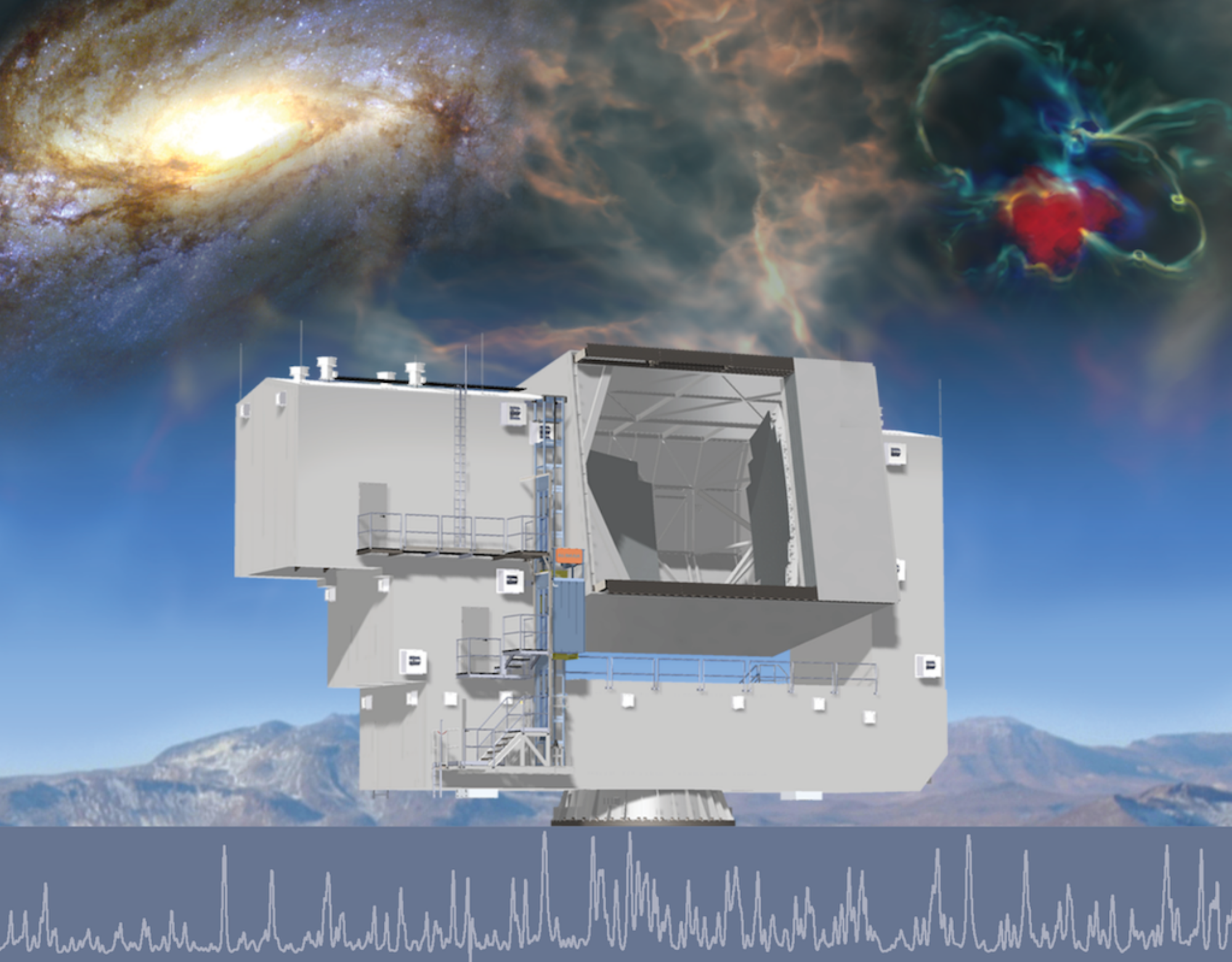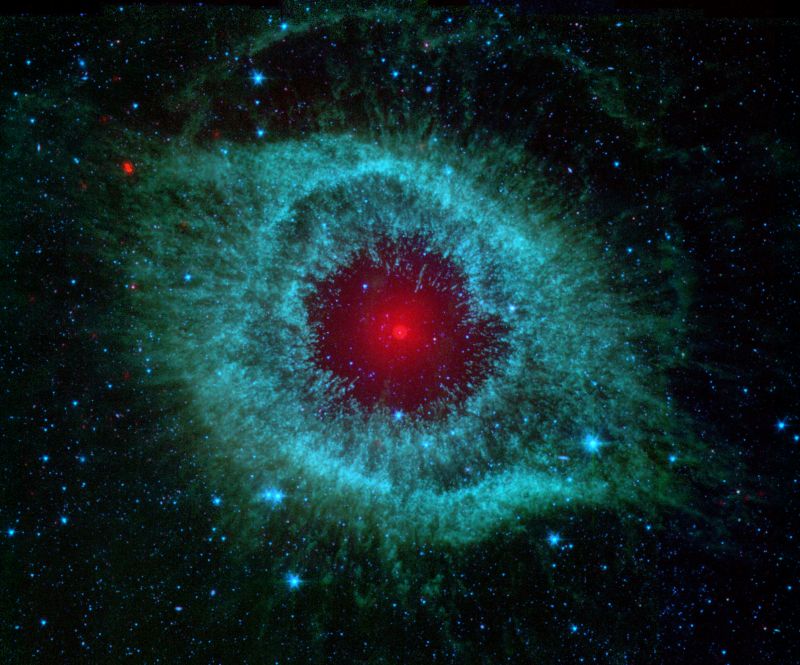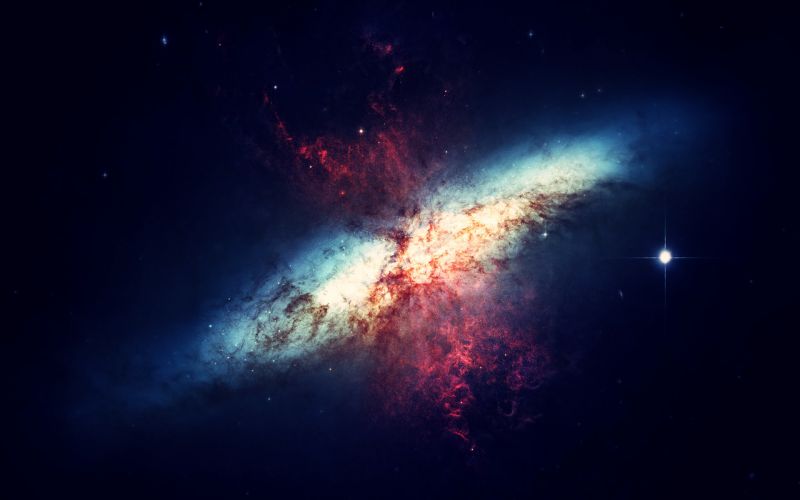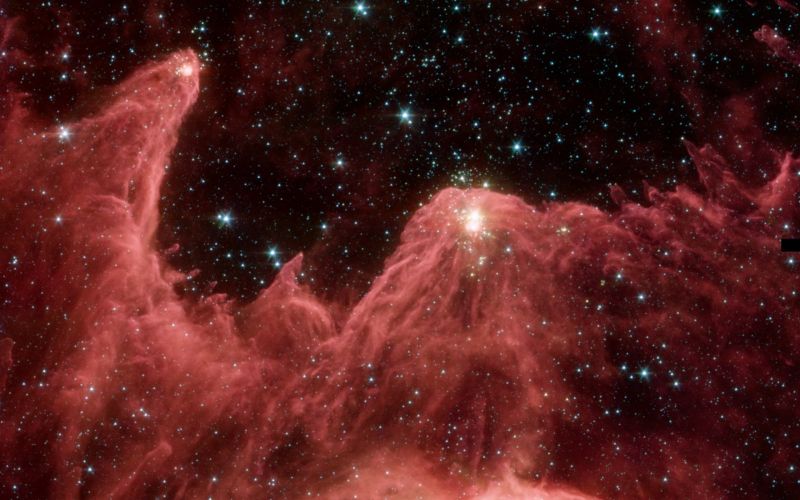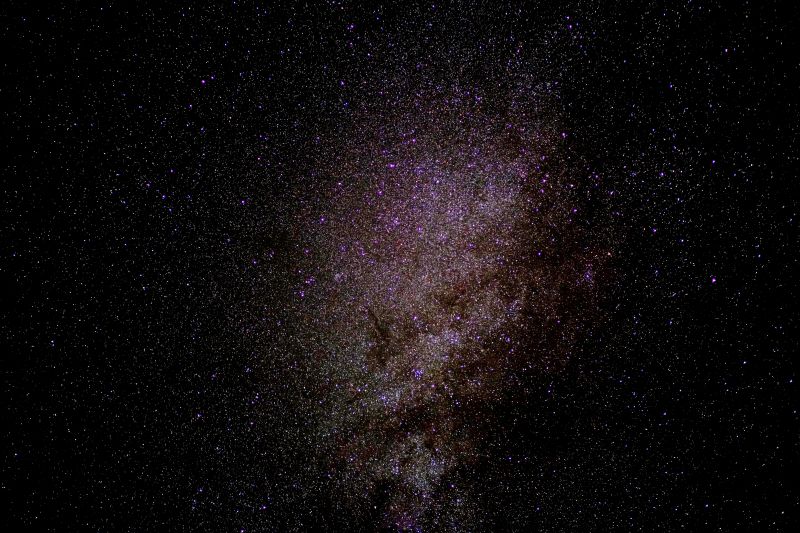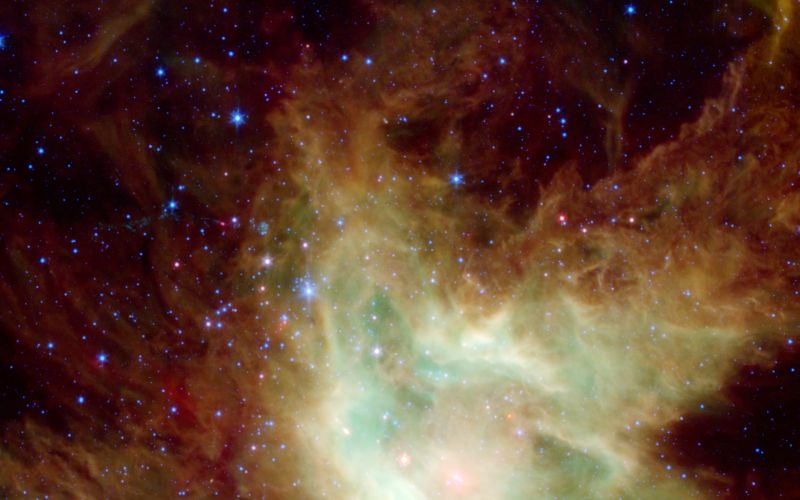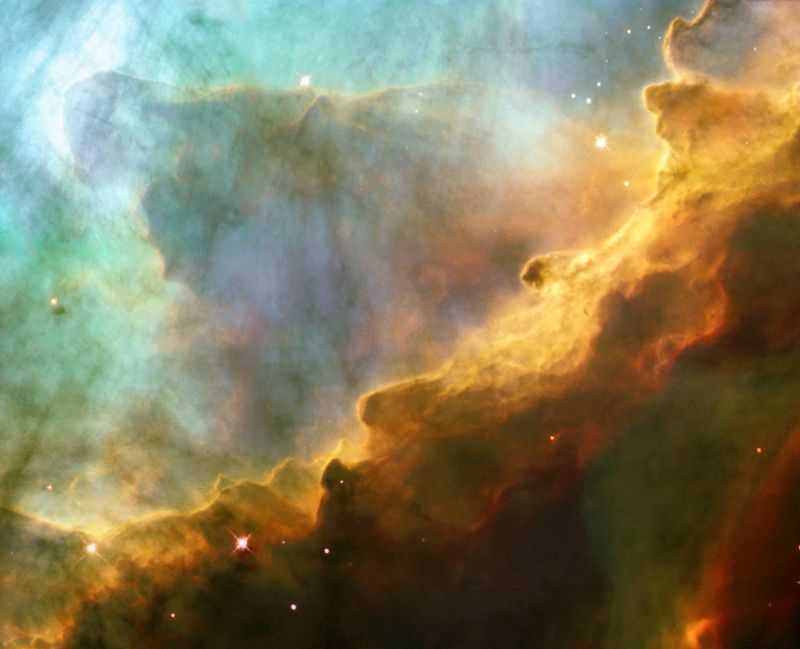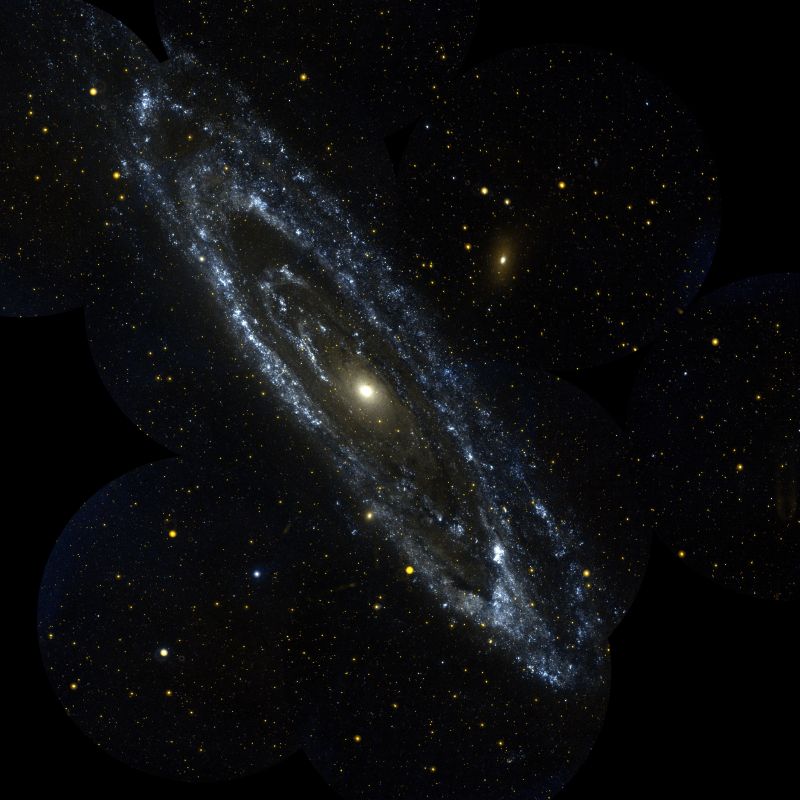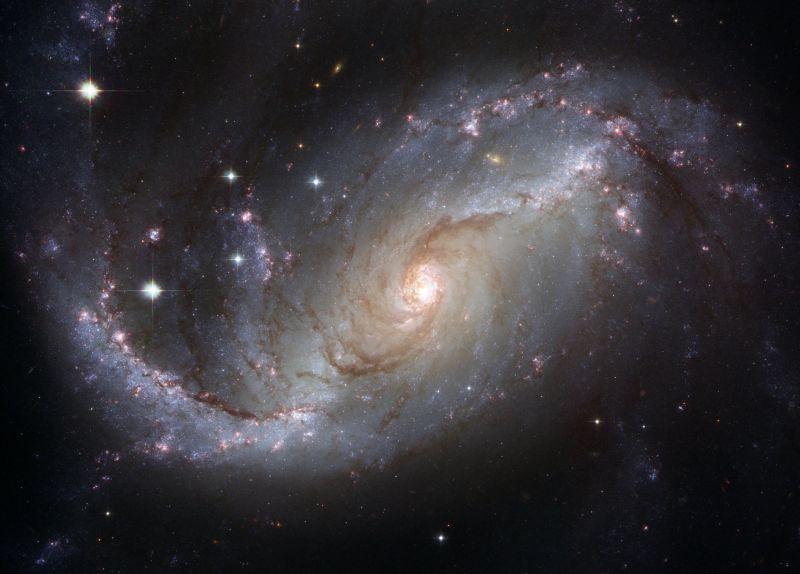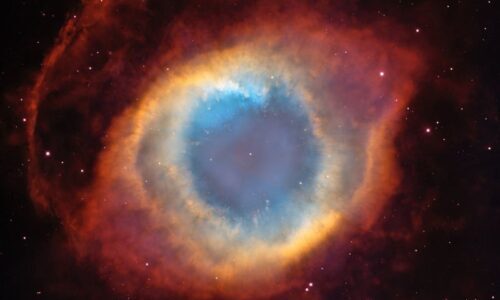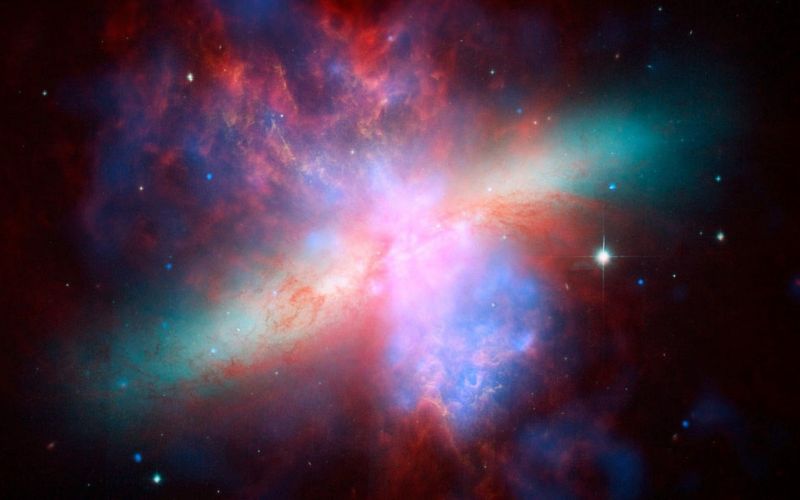[{"id":7276,"link":"https:\/\/sfb1601.astro.uni-koeln.de\/womens-networking-activity-from-research-to-reach\/","name":"womens-networking-activity-from-research-to-reach","thumbnail":{"url":"https:\/\/sfb1601.astro.uni-koeln.de\/wp-content\/uploads\/2025\/11\/SFB_DB_WomensNetworkingActivity-1.png","alt":"SFB_DB_WomensNetworkingActivity Poster"},"title":"WOMEN'S NETWORKING ACTIVITY: From Research to Reach (12.12.2025)","postMeta":{"_edit_lock":["1764927439:1"],"_edit_last":["1"],"_generateblocks_dynamic_css_version":["2.1.2"],"_thumbnail_id":["7287"],"_wp_old_date":["2025-11-14"]},"author":{"name":"admin","link":"#"},"date":"Dec 5, 2025","dateGMT":"2025-12-05 09:37:15","modifiedDate":"2025-12-05 10:37:16","modifiedDateGMT":"2025-12-05 09:37:16","commentCount":"0","commentStatus":"closed","categories":{"coma":"<a href=\"https:\/\/sfb1601.astro.uni-koeln.de\/category\/events\/\" rel=\"category tag\">events<\/a>","space":"<a href=\"https:\/\/sfb1601.astro.uni-koeln.de\/category\/events\/\" rel=\"category tag\">events<\/a>"},"taxonomies":{"post_tag":""},"readTime":{"min":1,"sec":23},"status":"publish","content":"We are happy to invite you to our upcoming women\u2019s networking event: \u201cFrom Research to Reach.\u201d\u00a0This event will feature UoC alumni who have transitioned from academia to the private sector."},{"id":7420,"link":"https:\/\/sfb1601.astro.uni-koeln.de\/stars-defy-the-black-hole-research-in-cologne-shows-stable-orbits-around-sagittarius-a\/","name":"stars-defy-the-black-hole-research-in-cologne-shows-stable-orbits-around-sagittarius-a","thumbnail":{"url":"https:\/\/sfb1601.astro.uni-koeln.de\/wp-content\/uploads\/2025\/12\/csm_20241217_schwarzesloch_sagittariusA_fae2d0fbc2.jpg","alt":"csm_20241217_schwarzesloch_sagittariusA_fae2d0fbc2"},"title":"Stars defy the black hole: research in Cologne shows stable orbits around Sagittarius A*","postMeta":{"_edit_lock":["1764588098:1"],"_generateblocks_dynamic_css_version":["2.1.2"],"_oembed_7fb4dd2dc3247a01b60d1394b111cf09":["<iframe title=\"Sterne trotzen dem Schwarzen Loch \/\/ Wissenschaftsnachrichtenvideo\" width=\"950\" height=\"534\" src=\"https:\/\/www.youtube.com\/embed\/P7kbFDMqRZU?feature=oembed\" frameborder=\"0\" allow=\"accelerometer; autoplay; clipboard-write; encrypted-media; gyroscope; picture-in-picture; web-share\" referrerpolicy=\"strict-origin-when-cross-origin\" allowfullscreen><\/iframe>"],"_oembed_time_7fb4dd2dc3247a01b60d1394b111cf09":["1764586796"],"_edit_last":["1"],"_thumbnail_id":["7423"]},"author":{"name":"admin","link":"#"},"date":"Dec 1, 2025","dateGMT":"2025-12-01 11:05:32","modifiedDate":"2025-12-01 12:08:40","modifiedDateGMT":"2025-12-01 11:08:40","commentCount":"0","commentStatus":"closed","categories":{"coma":"<a href=\"https:\/\/sfb1601.astro.uni-koeln.de\/category\/articles\/\" rel=\"category tag\">Articles<\/a>, <a href=\"https:\/\/sfb1601.astro.uni-koeln.de\/category\/science\/\" rel=\"category tag\">Science<\/a>","space":"<a href=\"https:\/\/sfb1601.astro.uni-koeln.de\/category\/articles\/\" rel=\"category tag\">Articles<\/a> <a href=\"https:\/\/sfb1601.astro.uni-koeln.de\/category\/science\/\" rel=\"category tag\">Science<\/a>"},"taxonomies":{"post_tag":""},"readTime":{"min":2,"sec":41},"status":"publish","content":"New observations made with the ERIS instrument at the Very Large Telescope facility disprove the assumption that the supermassive black hole at the centre of the Milky Way devours nearby"},{"id":7148,"link":"https:\/\/sfb1601.astro.uni-koeln.de\/b6-silcc-ix-the-multi-phase-interstellar-medium-at-low-metallicity-vittoria-brugaletta\/","name":"b6-silcc-ix-the-multi-phase-interstellar-medium-at-low-metallicity-vittoria-brugaletta","thumbnail":{"url":"https:\/\/sfb1601.astro.uni-koeln.de\/wp-content\/uploads\/2025\/11\/Birth_conditions_H2.png","alt":"Birth_conditions_H2"},"title":"B6: SILCC \u2013 IX. The multi-phase interstellar medium at low metallicity (Vittoria Brugaletta)","postMeta":{"_edit_lock":["1764844084:1"],"_edit_last":["1"],"_thumbnail_id":["7301"]},"author":{"name":"admin","link":"#"},"date":"Dec 1, 2025","dateGMT":"2025-12-01 07:57:00","modifiedDate":"2025-12-04 11:28:02","modifiedDateGMT":"2025-12-04 10:28:02","commentCount":"0","commentStatus":"closed","categories":{"coma":"<a href=\"https:\/\/sfb1601.astro.uni-koeln.de\/category\/science\/\" rel=\"category tag\">Science<\/a>, <a href=\"https:\/\/sfb1601.astro.uni-koeln.de\/category\/science-highlight\/\" rel=\"category tag\">Science Highlight<\/a>","space":"<a href=\"https:\/\/sfb1601.astro.uni-koeln.de\/category\/science\/\" rel=\"category tag\">Science<\/a> <a href=\"https:\/\/sfb1601.astro.uni-koeln.de\/category\/science-highlight\/\" rel=\"category tag\">Science Highlight<\/a>"},"taxonomies":{"post_tag":""},"readTime":{"min":1,"sec":11},"status":"publish","content":"In our latest SILCC paper, we perform magneto-hydrodynamic simulations to investigate the impact of metallicity on the interstellar medium (ISM). In fact, gas-phase metallicity affects heating and cooling processes in"},{"id":7410,"link":"https:\/\/sfb1601.astro.uni-koeln.de\/student-event-xmas-markets\/","name":"student-event-xmas-markets","thumbnail":{"url":"https:\/\/sfb1601.astro.uni-koeln.de\/wp-content\/uploads\/2025\/11\/flyerBonn.jpeg","alt":""},"title":"Student event: XMAS Markets","postMeta":{"_edit_lock":["1764324883:1"],"_generateblocks_dynamic_css_version":["2.1.2"],"_thumbnail_id":["7411"],"_edit_last":["1"]},"author":{"name":"admin","link":"#"},"date":"Nov 28, 2025","dateGMT":"2025-11-28 10:14:41","modifiedDate":"2025-11-28 11:14:42","modifiedDateGMT":"2025-11-28 10:14:42","commentCount":"0","commentStatus":"closed","categories":{"coma":"<a href=\"https:\/\/sfb1601.astro.uni-koeln.de\/category\/events\/\" rel=\"category tag\">events<\/a>","space":"<a href=\"https:\/\/sfb1601.astro.uni-koeln.de\/category\/events\/\" rel=\"category tag\">events<\/a>"},"taxonomies":{"post_tag":""},"readTime":{"min":0,"sec":20},"status":"publish","content":"XMAS after work events have been organized by the Student Council! The first event will be in Bonn, on the\u00a03rd of December at 18:00. CRC students meet at the foyer"},{"id":7406,"link":"https:\/\/sfb1601.astro.uni-koeln.de\/new-lectures-at-the-public-observatory-cologne-in-german\/","name":"new-lectures-at-the-public-observatory-cologne-in-german","thumbnail":{"url":"https:\/\/sfb1601.astro.uni-koeln.de\/wp-content\/uploads\/2025\/11\/Plakat_Monatsvortrage-1-3_2026.png","alt":"Plakat_Monatsvortr\u00e4ge 1-3_2026"},"title":"New Lectures at the Public Observatory Cologne (in German)","postMeta":{"_edit_lock":["1764237545:1"],"_thumbnail_id":["7395"],"_edit_last":["1"]},"author":{"name":"admin","link":"#"},"date":"Nov 27, 2025","dateGMT":"2025-11-27 09:48:12","modifiedDate":"2025-11-27 10:53:10","modifiedDateGMT":"2025-11-27 09:53:10","commentCount":"0","commentStatus":"closed","categories":{"coma":"<a href=\"https:\/\/sfb1601.astro.uni-koeln.de\/category\/events\/\" rel=\"category tag\">events<\/a>, <a href=\"https:\/\/sfb1601.astro.uni-koeln.de\/category\/public-outreach\/\" rel=\"category tag\">Public Outreach<\/a>","space":"<a href=\"https:\/\/sfb1601.astro.uni-koeln.de\/category\/events\/\" rel=\"category tag\">events<\/a> <a href=\"https:\/\/sfb1601.astro.uni-koeln.de\/category\/public-outreach\/\" rel=\"category tag\">Public Outreach<\/a>"},"taxonomies":{"post_tag":""},"readTime":{"min":0,"sec":54},"status":"publish","content":"Gastvortrag: Kants Kosmologie aus Sicht der modernen Astrophysik Fr, 30. Januar 2026 Immanuel Kant (1724 - 1804) stellte Spekulationen \u00fcber den Aufbau unseresMilchstra\u00dfensystems an und favorisierte die Hypothese einer au\u00dfergalaktischenStellung der"},{"id":3452,"link":"https:\/\/sfb1601.astro.uni-koeln.de\/next-sfb-1601-colloquium\/","name":"next-sfb-1601-colloquium","thumbnail":{"url":"https:\/\/sfb1601.astro.uni-koeln.de\/wp-content\/uploads\/2025\/09\/pulsarfigure.png","alt":"Figure Michael Kramer"},"title":"SFB 1601 colloquium: Michael Kramer \"Geometry, geometry, geometry \u2026\" (02.12.25, MPIfR)","postMeta":{"_edit_lock":["1764084758:1"],"_thumbnail_id":["6988"],"_edit_last":["1"],"_vilva_sidebar_layout":["default-sidebar"],"_wp_old_date":["2024-04-19","2024-04-16","2024-04-30","2024-05-13","2024-05-27","2024-06-24","2024-07-09","2024-09-30","2024-10-08","2024-10-15","2024-10-29","2024-11-05","2024-11-13","2024-11-27","2024-12-10","2024-12-17","2025-01-07","2025-01-16","2025-04-02","2025-04-08","2025-04-22","2025-04-29","2025-05-27","2025-06-03","2025-06-24","2025-07-08","2025-10-13","2025-10-21","2025-11-18"],"_cc_featured_image_caption":["a:4:{s:12:\"caption_text\";s:0:\"\";s:11:\"source_text\";s:0:\"\";s:10:\"source_url\";s:0:\"\";s:10:\"new_window\";b:0;}"]},"author":{"name":"admin","link":"#"},"date":"Nov 25, 2025","dateGMT":"2025-11-25 15:31:58","modifiedDate":"2025-11-25 16:32:34","modifiedDateGMT":"2025-11-25 15:32:34","commentCount":"0","commentStatus":"closed","categories":{"coma":"<a href=\"https:\/\/sfb1601.astro.uni-koeln.de\/category\/colloquium\/\" rel=\"category tag\">colloquium<\/a>","space":"<a href=\"https:\/\/sfb1601.astro.uni-koeln.de\/category\/colloquium\/\" rel=\"category tag\">colloquium<\/a>"},"taxonomies":{"post_tag":""},"readTime":{"min":0,"sec":52},"status":"publish","content":"The next SFB-colloquium will be on December 2 at 2 pm in the seminar room 0.02 of the Max Planck Institute for Radio Astronomy in Bonn and will start with"}]
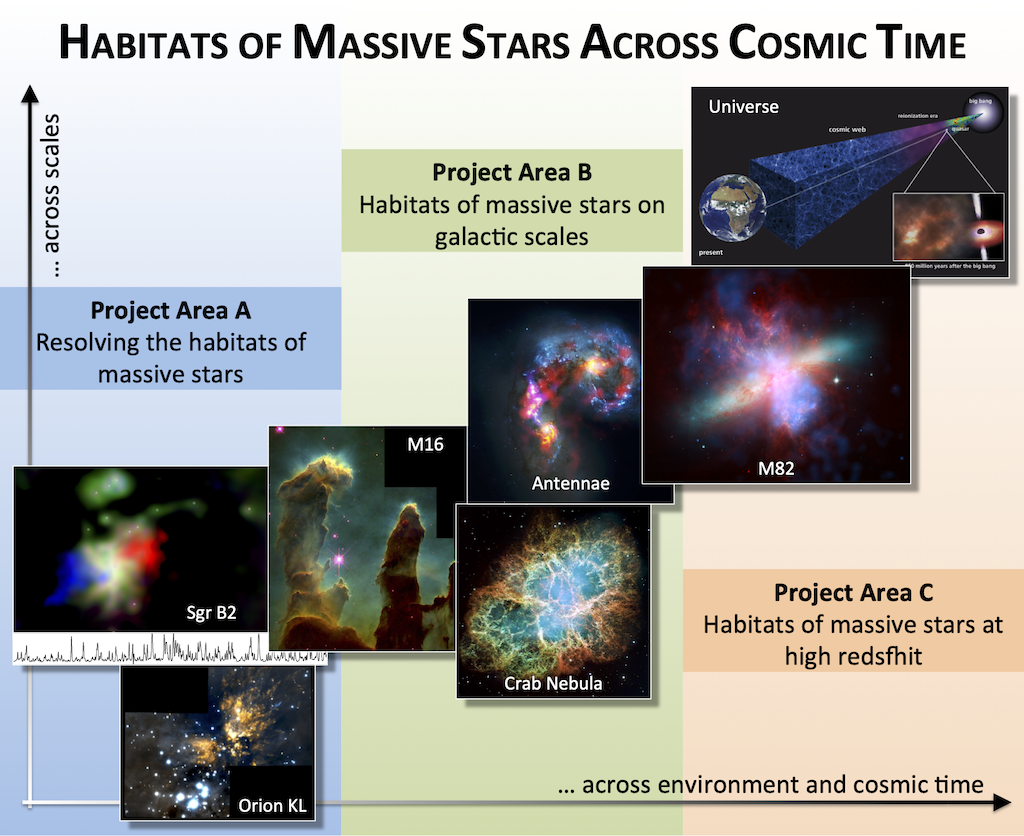
Massive stars, due to their short lifetime and high energy output, drive the evolution of galaxies across cosmic time. Hence, they substantially contribute to shaping the present-day Universe. The Collaborative Research Centre (CRC) will unravel the “habitats of massive stars across cosmic time”. “Habitats” are the gaseous environments within which massive stars are born and which they interact with via their feedback. Over the anticipated 12-year lifetime of this new CRC initiative, we aim to connect the physical processes that govern the habitats of massive stars across the full range of environments hosting massive stars – from sub-parsec to mega-parsec scales and from the Milky Way to the high-redshift Universe, where massive stars leave their cosmological fingerprint by driving cosmic reionisation.
Key Profile Area
“Dynamics of the Universe”
The Dynamics of the Universe is a Key Profile Area (KPA) of the University of Cologne since 2025. Please check back soon for more information and our new website
Science Highlight
[{"id":7148,"link":"https:\/\/sfb1601.astro.uni-koeln.de\/b6-silcc-ix-the-multi-phase-interstellar-medium-at-low-metallicity-vittoria-brugaletta\/","name":"b6-silcc-ix-the-multi-phase-interstellar-medium-at-low-metallicity-vittoria-brugaletta","thumbnail":{"url":"https:\/\/sfb1601.astro.uni-koeln.de\/wp-content\/uploads\/2025\/11\/Birth_conditions_H2.png","alt":"Birth_conditions_H2"},"title":"B6: SILCC \u2013 IX. The multi-phase interstellar medium at low metallicity (Vittoria Brugaletta)","postMeta":{"_edit_lock":["1764844084:1"],"_edit_last":["1"],"_thumbnail_id":["7301"]},"author":{"name":"admin","link":"#"},"date":"Dec 1, 2025","dateGMT":"2025-12-01 07:57:00","modifiedDate":"2025-12-04 11:28:02","modifiedDateGMT":"2025-12-04 10:28:02","commentCount":"0","commentStatus":"closed","categories":{"coma":"<a href=\"https:\/\/sfb1601.astro.uni-koeln.de\/category\/science\/\" rel=\"category tag\">Science<\/a>, <a href=\"https:\/\/sfb1601.astro.uni-koeln.de\/category\/science-highlight\/\" rel=\"category tag\">Science Highlight<\/a>","space":"<a href=\"https:\/\/sfb1601.astro.uni-koeln.de\/category\/science\/\" rel=\"category tag\">Science<\/a> <a href=\"https:\/\/sfb1601.astro.uni-koeln.de\/category\/science-highlight\/\" rel=\"category tag\">Science Highlight<\/a>"},"taxonomies":{"post_tag":""},"readTime":{"min":1,"sec":11},"status":"publish","content":"In our latest SILCC paper, we perform magneto-hydrodynamic simulations to investigate the impact of metallicity on the interstellar medium (ISM). In fact, gas-phase metallicity affects heating and cooling processes in the star-forming ISM as well as ionising luminosities, wind strengths, and lifetimes of massive stars. Our simulations include non-equilibrium chemistry, a space- and time-variable far-UV background and cosmic ray ionisation rate, metal-dependent stellar tracks, the formation of HII regions, stellar winds, type II supernovae, and cosmic ray injection and transport. The simulations assume a gas surface density of 10 M_sun pc\u22122 and span metallicities from 1\/50 Z_sun to 1 Zsun. Among our results, we find that for decreasing metallicity, the star formation rate decreases by more than a factor of ten, the mass fraction of cold gas decreases from 60% to 2.3%, while the volume filling fraction of the warm gas increases from 20% to 80%. In particular, we analyze the conditions in which our stars form, computing the ratio of the H2 mass to the H mass in star-forming regions, and we find that this ratio depends on the metallicity. In fact, we find that at solar metallicity (upper panel), massive stars form in an almost fully molecular gas, whereas at extremely low metallicity (bottom panel), they form in almost fully atomic gas. Including the major processes that regulate ISM properties, this study highlights the strong impact of gas phase metallicity on the star-forming ISM.\n\n\n\nhttps:\/\/academic.oup.com\/mnras\/advance-article\/doi\/10.1093\/mnras\/staf1713\/8276726?utm_source=advanceaccess&utm_campaign=mnras&utm_medium=email"}]
1st funding period: 10/2023 – 06/2027
We value our Planet:


